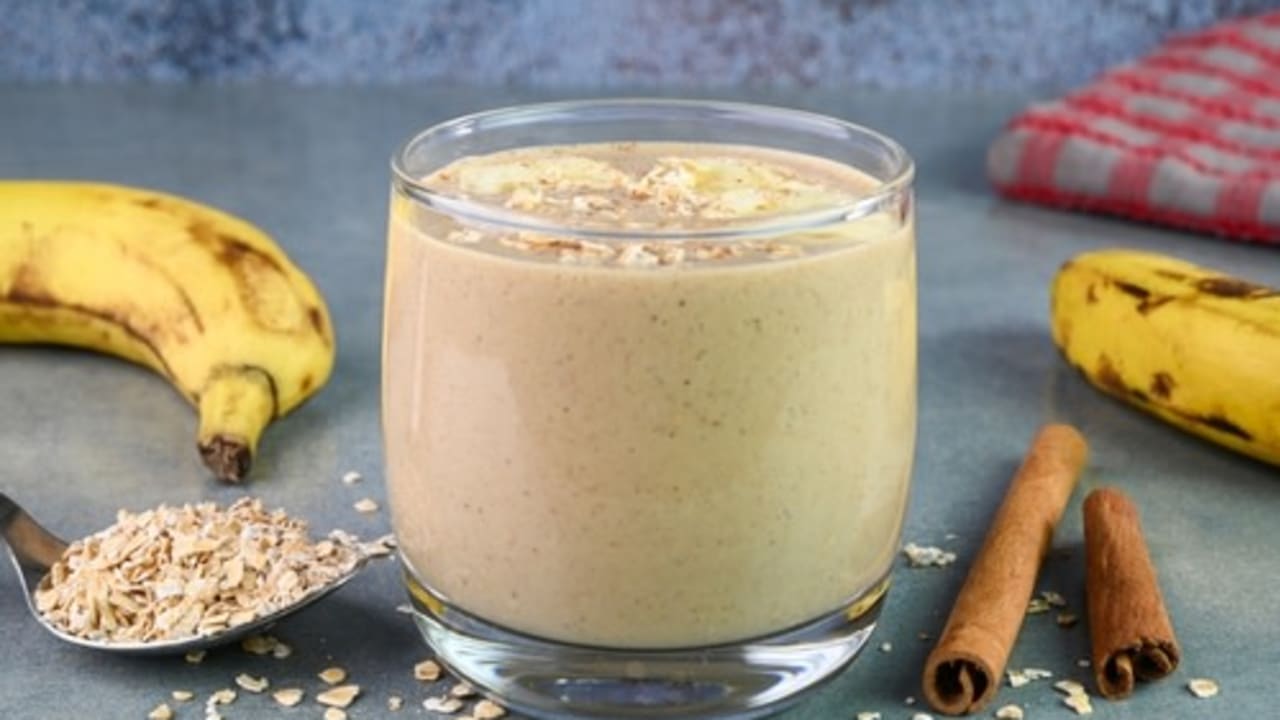Jerusalem Post
ByGALIT SNIR, CLINICAL NUTRITIONIST
A large and comprehensive study proves the importance of tomatoes in preventing chronic diseases. And there are some important tips for eating them.
Prostate cancer is one of the most common malignant diseases and is the second leading cause of cancer death among men in Western countries.
Many studies point to a connection between diet and cancer risk and mortality. Fruits and vegetables are of special clinical interest in light of the potential protective effects of the fibers, vitamins, and antioxidants they contain.
Reducing cancer risk
In a review and meta-analysis recently published in the journal Frontiers in Nutrition, researchers conducted a systematic review and meta-analysis to investigate the connection between tomato and lycopene (the antioxidant responsible for their red color) consumption and cancer risk and cancer-related mortality. The study analyzed data from nearly 2.7 million participants, making it one of the largest studies on lycopene and cancer risk.
The findings of the study indicate that high intake and high blood levels of lycopene compared to low amounts were associated with a 5% reduction in overall cancer risk. Every increase of 10 micrograms/deciliter in blood lycopene levels was associated with a 5% reduction in overall cancer risk. An inverse association was found between total tomato consumption, lycopene intake, and lycopene levels and cancer mortality.
A linear inverse relationship was found between dietary lycopene intake and prostate cancer risk, meaning that the more lycopene consumed, the lower the risk of prostate cancer. In addition, an inverse relationship was observed between blood lycopene levels and mortality from lung cancer.
This review joins other studies conducted in the past that showed a connection between tomato and dietary lycopene consumption and reduced risk of developing various types of cancer, including prostate cancer. However, the study’s authors note that the observed benefits are based on observational data, which cannot establish a causal relationship but certainly point to an encouraging direction.
How to get lycopene in the diet?
Lycopene is a pigment that gives various fruits and vegetables their red color and acts in the human body as an antioxidant. It tends to accumulate in certain organs such as the lungs and prostate gland. For this reason, studies estimate that it has a special protective ability for these organs.
Since lycopene is not produced in our body, the only way to obtain it is by consuming foods that contain it. The recommendation of the U.S. National Cancer Institute is to eat red, lycopene-rich foods daily.
Tips for increasing lycopene intake in the diet:
▪ The main source of lycopene in the Western diet is tomatoes and tomato products, so it is recommended to make sure to eat tomatoes of all kinds on a daily basis.
▪ Cooking the tomato breaks its cell structure and increases the availability and absorption of lycopene. Therefore, it is not necessary to eat only fresh tomatoes—you will also get the benefits from cooked tomatoes, tomato paste, and more.
▪ Lycopene is fat-soluble, so it is recommended to eat tomatoes together with olive oil.
▪ In addition, lycopene is also found in watermelon, pink grapefruit, guava, and papaya.



















